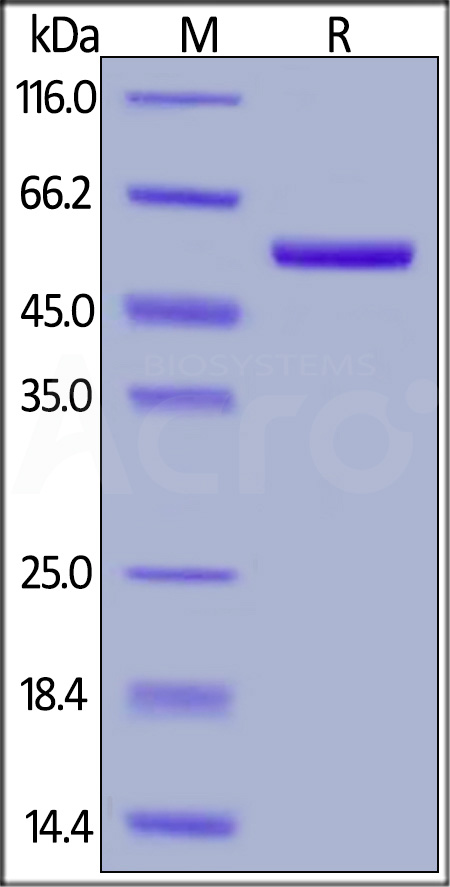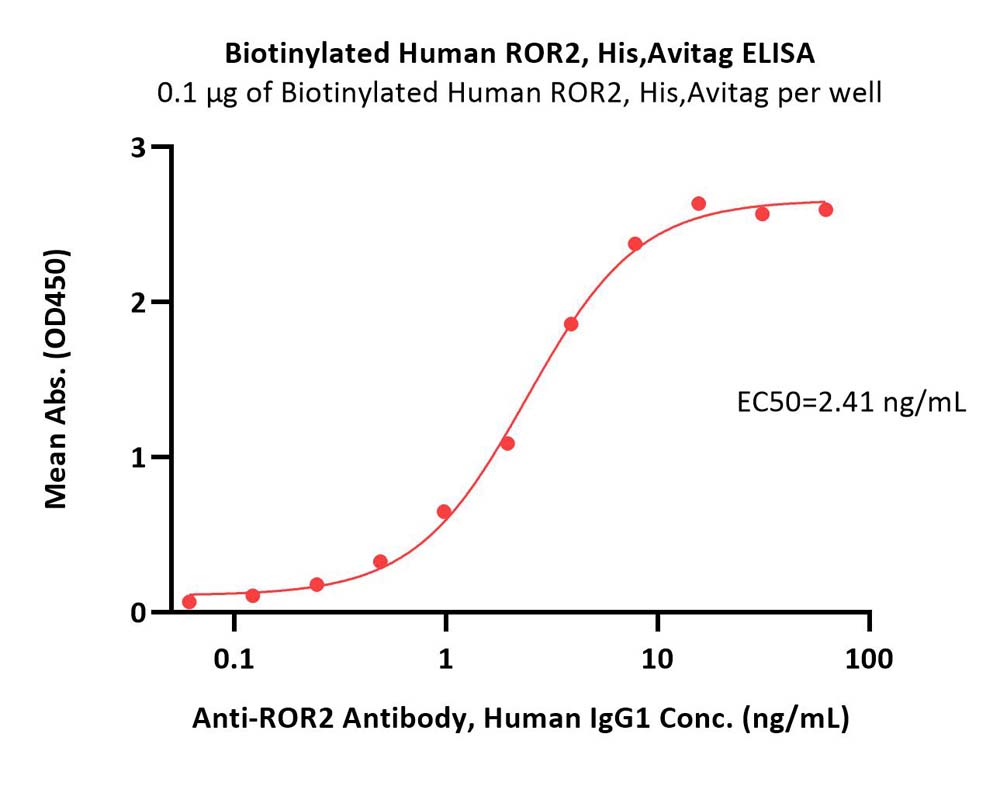Smoking aggravates neovascular age-related macular degeneration via Sema4D-PlexinB1 axis-mediated activation of pericytesHe, Dong, Yang
et alNat Commun (2025) 16 (1), 2821
Abstract: Age-related macular degeneration (AMD) is a prevalent neuroinflammation condition and the leading cause of irreversible blindness among the elderly population. Smoking significantly increases AMD risk, yet the mechanisms remain unclear. Here, we investigate the role of Sema4D-PlexinB1 axis in the progression of AMD, in which Sema4D-PlexinB1 is highly activated by smoking. Using patient-derived samples and mouse models, we discover that smoking increases the presence of Sema4D on the surface of CD8+ T cells that migrate into the choroidal neovascularization (CNV) lesion via CXCL12-CXCR4 axis and interact with its receptor PlexinB1 on choroidal pericytes. This leads to ROR2-mediated PlexinB1 phosphorylation and pericyte activation, thereby disrupting vascular homeostasis and promoting neovascularization. Inhibition of Sema4D reduces CNV and improves the benefit of anti-VEGF treatment. In conclusion, this study unveils the molecular mechanisms through which smoking exacerbates AMD pathology, and presents a potential therapeutic strategy by targeting Sema4D to augment current AMD treatments.© 2025. The Author(s).
Noncanonical Wnt/Ror2 Signaling Regulates Basal Cell Fidelity and Branching Morphogenesis in the Mammary GlandSi, Mendoza Mendoza, Esquivel
et albioRxiv (2025)
Abstract: The mammary gland epithelium relies on a delicate balance between basal and luminal cell lineages to maintain tissue homeostasis and enable proper development. While the role of canonical Wnt signaling in mammary biology is well-established, the contribution of noncanonical Wnt signaling to lineage identity has remained unclear. Noncanonical Wnt pathways are primarily associated with morphogenesis, cytoskeletal regulation, and cell migration, but whether they are required for maintaining epithelial cell fate remains largely unexplored. Here, we demonstrate that the noncanonical Wnt receptor Ror2 is expressed in both basal and luminal lineages, yet selectively maintained in basal cells throughout development, suggesting a lineage-specific function. Using a p63CreERT2/+ lineage-specific mouse model, we show that Ror2 deletion in basal epithelial cells enhances secondary and tertiary branching while driving a basal-to-luminal fate transition, marked by downregulation of basal markers (K14, K5) and upregulation of luminal markers (K8, K18, ERα). Mechanistically, Ror2 loss disrupts RhoA-ROCK1-YAP1 signaling, leading to cytoskeletal reorganization, chromatin remodeling, and increased accessibility at luminal regulatory loci. Notably, ROCK1 inhibition phenocopies Ror2 loss, reinforcing the critical role of the RhoA-ROCK1 axis in basal cell maintenance. These findings provide direct genetic and mechanistic evidence that noncanonical Wnt signaling is essential for maintaining basal lineage fidelity, offering new insights into the mechanisms regulating epithelial plasticity. Given the fundamental importance of lineage stability in epithelial homeostasis, our results suggest that disruptions in Wnt/Ror2 signaling may contribute to aberrant fate transitions relevant to breast cancer progression.
Identification of Wnt-5a Receptors Important in Diabetic and Non-Diabetic Corneal Epithelial Wound HealingShah, Amador, Poe
et alInvest Ophthalmol Vis Sci (2025) 66 (2), 64
Abstract: Persistent epithelial alterations such as delayed wound healing are a key feature of diabetic corneal disease. Previously, we reported that epigenetic changes in the diabetic cornea led to the suppression of Wnt-5a, and that addition of Wnt-5a accelerated wound healing. In this study, we set to determine which Wnt receptor(s) mediated Wnt-5a induced stimulation of diabetic corneal epithelial wound healing.Human limbal epithelial cells (LECs) were isolated from postmortem diabetic and non-diabetic donor eyes for single-cell RNA sequencing (scRNA-seq) and DNA methylation analysis. These analyses were validated by qRT-PCR, western blot, or immunostaining of corneal tissue sections. Cultured primary LECs were transfected with small interfering RNA (siRNA) to specific Wnt receptors to evaluate their role in scratch wound healing in the presence or absence of 200 ng/mL Wnt-5a.Single-cell RNA sequencing analysis revealed differential gene expression of Wnt receptors, ROR2, MCAM, FZD5, FZD6, and FZD7. DNA methylation arrays showed hypomethylation of ROR2 gene promoter in diabetic versus non-diabetic LECs by 41.3% (**P < 0.01) resulting in increased ROR2 protein expression. Non-diabetic cells transfected with siRNA to knockdown ROR2 but not FZD5, FZD6, FZD7, MCAM, and RYK showed significantly decreased wound healing by approximately 50% (*P < 0.05) versus control siRNA. In diabetic LECs, knockdown of ROR2 significantly inhibited wound healing by 40% (*P < 0.05) and of FZD5 partially blocked wound healing that could not be restored by the addition of Wnt-5a.Wnt-5a seems to mediate wound healing in diabetic LECs mainly through receptor tyrosine kinase like orphan receptor 2 with Frizzled-5 serving as a possible co-receptor with a smaller effect.
Punicalagin ameliorates lipopolysaccharide-induced inflammatory response in dental pulp cells via inhibition of the NF-κB/Wnt5a-ROR2 pathwayYang, Deng, Jiang
et alImmunopharmacol Immunotoxicol (2025)
Abstract: Punicalagin (PCG) is a major polyphenolic component with potent anti-inflammatory, anti-atherogenic, anti-cancer, and antioxidant activities. This study aimed to investigate the impact and underlying mechanisms of PCG on lipopolysaccharide (LPS)-induced dental pulpitis.A rat pulpitis model was constructed, and the infected pulp was covered with a PCG collagen sponge. In vitro, dental pulp cells (DPCs) were isolated, and the effects of LPS and PCG on cell viability were assessed. The expression levels of inflammation-related factors were investigated by qRT-PCR and ELISA. The Nuclear Factor kappa B (NF-κB) transcription factors and Wnt family member 5a-Receptor tyrosine kinase like Orphan Receptor 2 (Wnt5a-ROR2) levels were evaluated by immunofluorescence staining and Western blotting.We demonstrated that the PCG collagen sponge effectively reduced the infiltration of inflammatory cells in the pulp. PCG significantly alleviated the inflammatory response by reducing the mRNA expression levels of IL-1β, IL-6, IL-8, ICAM-1, and VCAM-1 and the secretion of IL-6 and IL-8 in a concentration-dependent manner. Immunofluorescence staining showed that the activation of the NF-κB pathway was hindered by PCG, which affected with the nuclear translocation of P65. PCG reduced the phosphorylation levels of P65 and IκBα and suppressed the expression levels of Wnt5a and ROR2 induced by LPS. The NF-κB inhibitor Bay11-7082 reduced the activation of the NF-κB/Wnt5a-ROR2 pathway and the inflammatory response; the application of PCG significantly augmented this inhibitory effect.PCG demonstrated an anti-inflammatory effect in LPS-induced DPCs by targeting the NF-κB/Wnt5a-ROR2 signaling pathway.


























































 膜杰作
膜杰作 Star Staining
Star Staining















